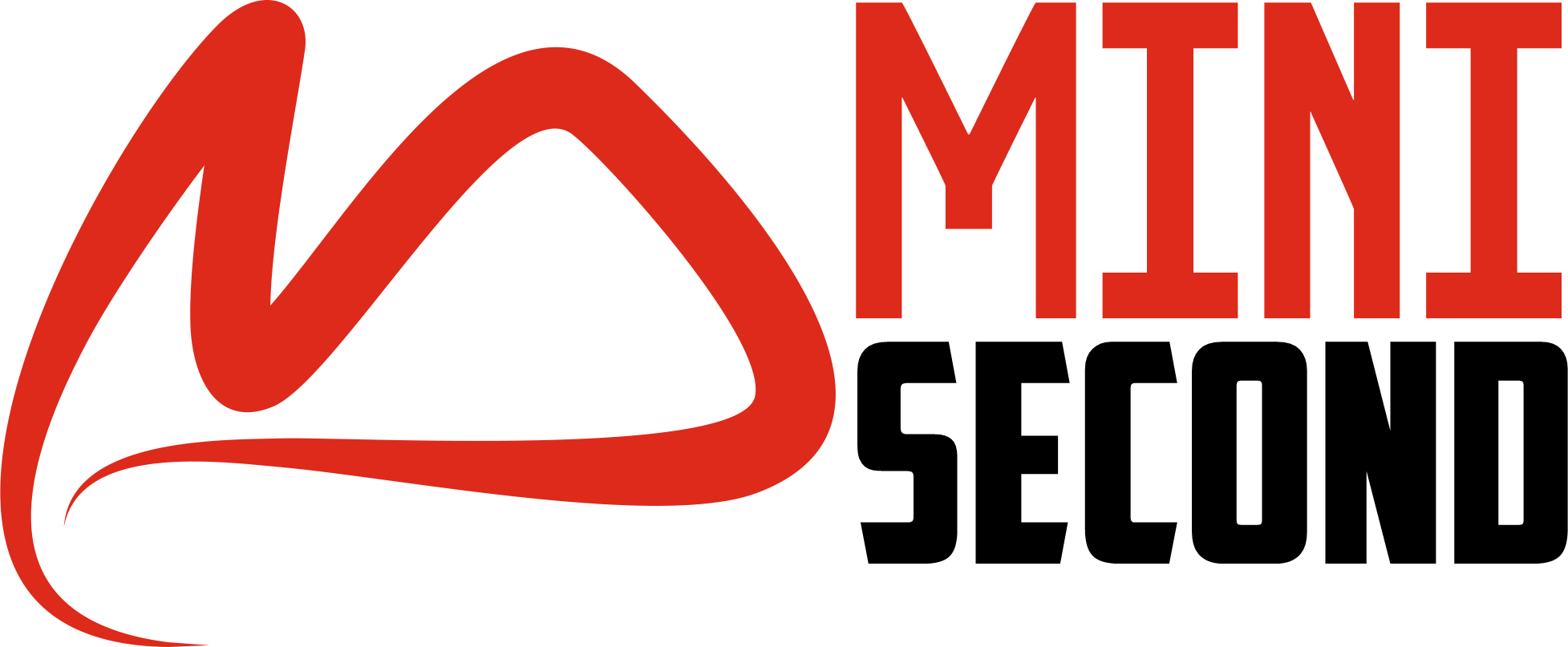can seo be automated – The automation technique covers all the processes and work instruments that allow the autonomous operation of facilities. These include machines, apparatus, equipment and other devices. Human intervention only takes place to a minimal extent.
The discipline of engineering pursues an idea that can be classified into several disciplines, which includes mechanics (industrial engineering) and electrotechnics. The aim of automation technology is to automate machines and plants in such a way that they work autonomously efficiently and with a low level of errors. Depending on the complexity of the facilities, different degrees of automation can be achieved. The dimension is greater the lower the need for human intervention in the processes. An important contribution to the increasing performance of systems is found in the development of essential components. For high-value drive solutions for controlling automation technology Harmonic Drive AG is a competent partner.
Using the automation technique: Offloading tasks and higher performance
Automated systems offer numerous advantages. They perform dangerous and physically hard jobs, exempting people from them. The machines also take on grueling routine tasks. It is not without reason that the advance of automation is closely associated with population growth. Since the increase in people increases the need for quality goods and mass production.
In addition to freeing up tasks for people, automation technology offers other advantages: The machines generate continuous high-level outputs. Its work rate far exceeds the speed of manual processes. In addition, the automation technology improves the quality of the products and reduces personnel costs.
Early origins of automation technique
The origins of the automation technique date back to the 18th century. In 1785 Edmond Cartwright invented the fully mechanized loom. Thanks to wooden boards with holes, it was possible to produce fabrics with uniform patterns. The operation of the loom used to be in charge of two strong men, by means of a manual crank. With the basic principle of mechanization, the loom was a decisive step on the way to the textile industry.
As early as 1788 James Watt provided the basis for modern regulation technology. He transferred to industrial (mechanical) engineering the principle used in grinding, that of the centrifugal force regulator. The aforementioned component regulated the revolutions in the steam engine constantly.
Areas of application of automation technology
Today, automation technology and its systems are used in almost all areas of life. Thus, the automation of household products seems absolutely normal to us, there is nothing more to think about than a dishwasher. In vehicles, an anti-lock system and automation reducers offer us even more safety and comfort when driving. Automation technology has also expanded in entertainment electronics – a modern example would be the so-called Smart Home.
Automation technology occupies a special place in production. Here, the installations of process technology, as well as installations in power plants and production circuits receive automated technologies. Sectors that use these solutions to a large extent are, among others, the automotive industry, mechanics (industrial engineering), the electrical industry and aircraft construction. The industry’s need for intelligent automation technology continues to grow and is not expected to slow down.
Structure of automated systems
An automated system consists of a plant to be controlled, the automation computer control and the periphery. This environment has sensors that record control data, and actors that apply the corresponding control commands. Another element is made up of networked field bus systems. They connect the individual components of automation technology with each other and with the control unit.
Automation technology functions
Automation technology systems include different key functions. Among them are, on the one hand, measurement and control. Other tasks of the system are, on the other hand, regulation and communication. As a technical control facility, the main control room forms the area for monitoring all processes. This is the so-called “man-machine interface”.
The specific subfields of automation technology include special technical components. Thus, the measurement usually takes place with sensors. These sensors determine physical and chemical characteristics, such as, for example, humidity, pressure or heat. A distinction is made between passive and active sensors. For measurement there is a wide range of receivers that have been specially developed for automated systems.
System control in the field of automation technology takes place via flexible programmable storage control (SPS) on a digital basis. Control commands reach the system through actors such as motors, valves or magnets. In the past, systems included hard-wired, hard-wired programmed controls, which also required adapting the connections to modify. In SPS it is enough to modify the program. This control was developed in 1968 in the US and introduced in Europe in 1973.
When regulating , the dimension to be regulated is continuously measured and compared with the desired value. If the measurement result differs, correction will occur. This procedure performed under computer control.
Automation technology has complex communication involving many different sensors and actors. The interconnection of the components carried out by means of field bus systems such as profibus or CAN-Bus. Using standardized protocols, the system regulates how multiple participants use a connection line. Currently, communication within the framework of automation technology also takes place via Ethernet. Through the internet connection, maintenance of the installations can carried out remotely.
Operation and monitoring via the Human-Machine-Interface (human-machine interface)
With automation technology systems, users interact via the user interface. By using this Human-Machine-Interface (HMI) you quickly get an overview of all essential operating processes. You can observe the plant, operate machines and intervene in process flows on a safe decision basis. Through a control panel or a visualization of processes, those responsible have access to the information. The panel equipped with indicator lights, keys and display fields. The software-based visualization takes place via an operating terminal. Basically, modern HMI techniques can integrated into the automation technology of system operators via open standardized interfaces.
High-quality components from automation technology
Numerous components involved in the control and regulation technology of automation technology, such as special drive technology. For facility operators, collaboration with a qualified and experienced operator recommended. Harmonic Drive AG develops, builds and manufactures individual solutions for drives in the field of robotics and automation, among others. High-quality gear units, motors and other components can used in a modular way.
Safety requirements when using automation technology
If automated installations stopped, (for example, in a chemical factory), security risks created. Therefore, the requirements for reliable operation in the mentioned field are very high. In automation technology, there are therefore numerous guidelines and safety standards. Thus, the VDI/VDE 2180 guideline of the Association of German Engineers (Verein deutscher Ingenieure) includes important standards for the use of process management techniques.
If facilities connected to the Internet, IT experts must secure communication structures to prevent possible access and espionage attacks.
The future: Industry 4.0
Automation technology considered the key industry on the way to Industry 4.0. This concept refers to digitally connected intelligent systems that enable largely autonomous industrial production. In a Smart Factory (intelligent factory) there communicatively connected people, facilities, products and logistics. This also considered as the fourth industrial revolution.

